Some travel experiences are best when unplanned. A special kind of magic happens when you set aside your minute-by-minute schedule and allow a destination to reveal itself naturally. The spontaneous discoveries often become the most treasured memories of any journey.
Here is a list of 20 destinations where ditching the rigid itinerary might lead to your most authentic and memorable travel experience.
Kyoto’s Hidden Alleys, Japan
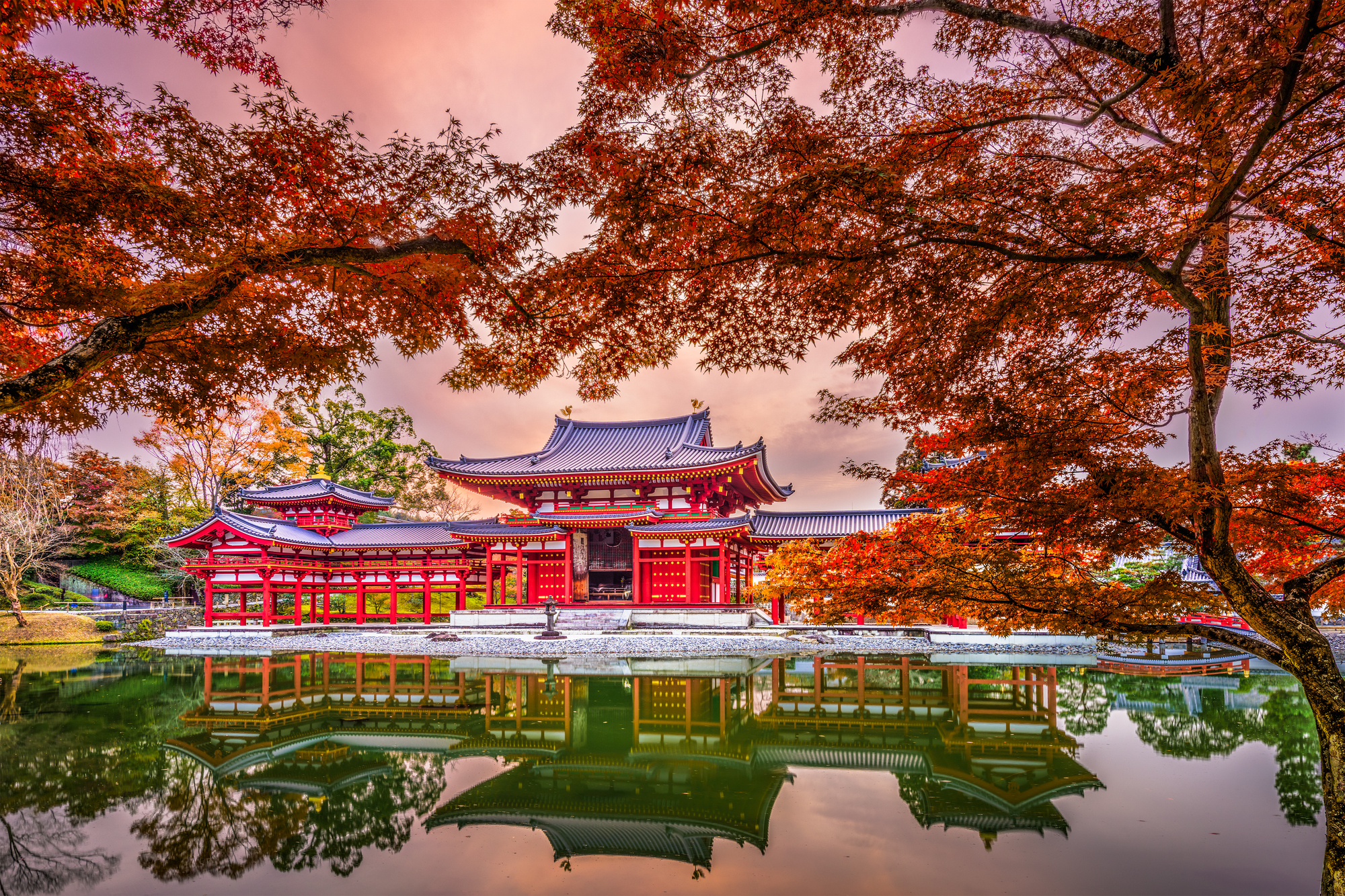
Kyoto’s well-known temples are magnificent, but the true spirit of ancient Japan lives in the narrow, winding alleys of neighborhoods like Gion and Pontocho. Wandering without a map leads to chance encounters with small shrines tucked between modern buildings and traditional tea houses where locals gather.
The contrast of old and new creates a timeless atmosphere that scheduled tours often miss.
Lisbon’s Alfama District, Portugal

The oldest neighborhood in Lisbon refuses to be experienced on a timeline. Its maze-like streets were designed long before city planners thought about grid systems, creating a labyrinth where getting lost is the point.
The reward comes in discovering tiny local restaurants serving the freshest seafood and stumbling upon impromptu fado performances that capture Portugal’s soulful essence.
Like Travel Pug’s content? Follow us on MSN.
New Orleans’ Garden District, USA
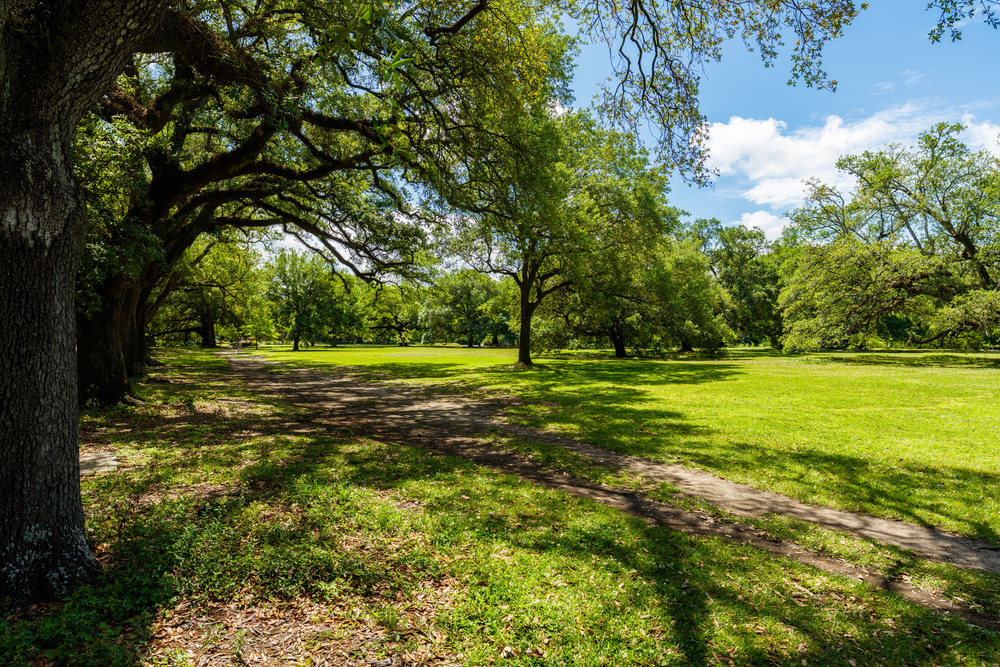
The Garden District reveals its charms to those who stroll without purpose. Ancient oak trees create natural canopies over historic mansions with stories spanning centuries. Residents often share neighborhood legends from their porches, and streetcars appear when your feet need a break.
The district’s cemetery alone could fill an afternoon with its above-ground tombs and rich history.
Marrakech Medina, Morocco

The ancient walled city center defies navigation apps and guidebooks. Following your instincts through the bustling souks leads to artisan workshops, where craft traditions have continued unchanged for generations.
When you need a breather from the sensory overload, countless hidden cafes offer mint tea and rooftop views that provide new perspectives on this 1,000-year-old marketplace.
Varanasi’s Riverfront, India
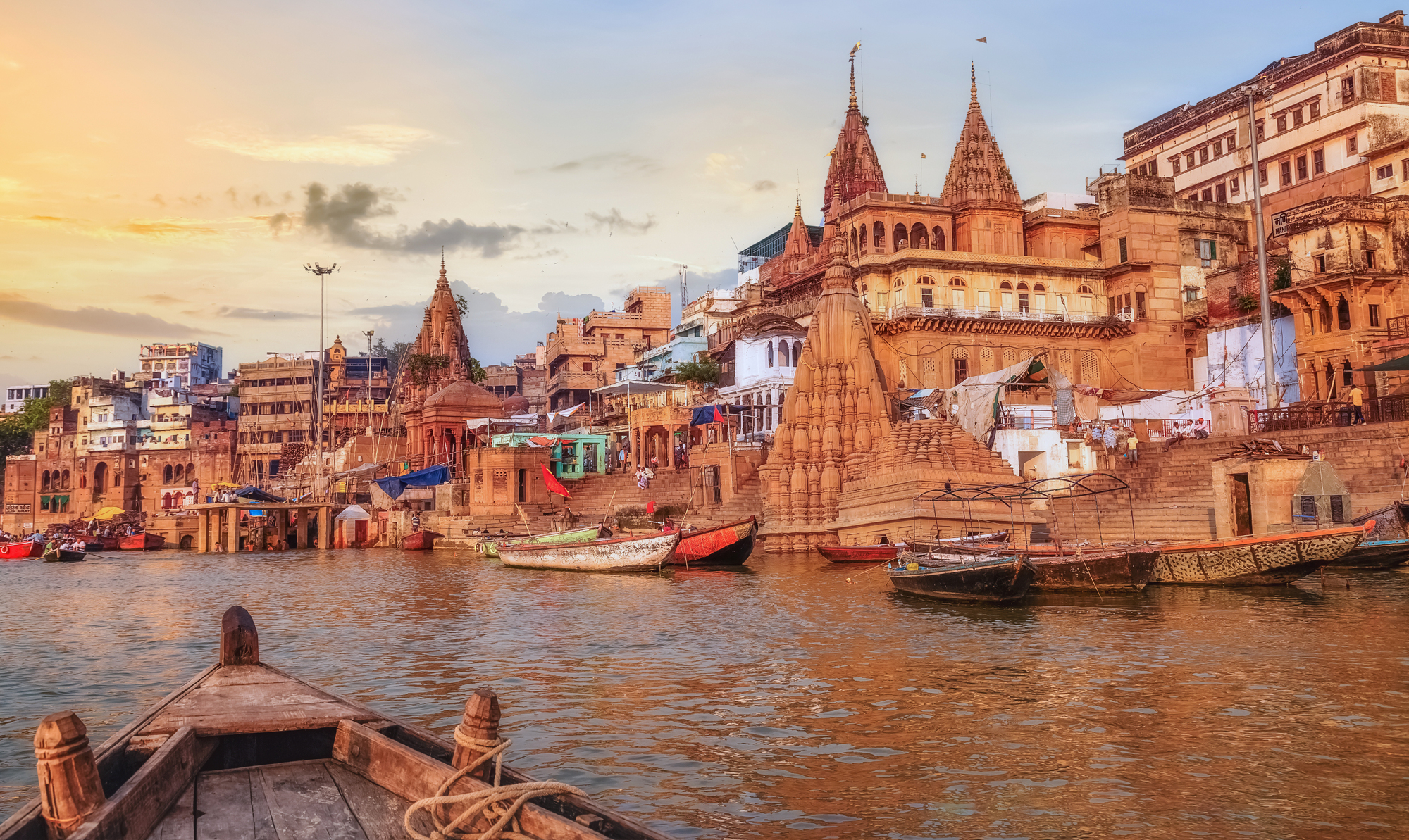
The sacred Ganges River has a rhythm that can’t be scheduled. Dawn brings morning rituals and boat rides that reveal life along the ghats, while evening ushers in ceremonial offerings of floating candles and flowers.
Between these bookends, the day unfolds with unexpected spiritual moments and conversations with pilgrims who have journeyed from across India.
Like Travel Pug’s content? Follow us on MSN.
Santorini’s Inland Villages, Greece

While cruise ship passengers rush through Oia’s famous blue domes, the island’s inland villages offer authentic experiences without crowds. Vine-covered tavernas serve family recipes passed down through generations, and friendly locals point visitors to viewpoints tourists rarely find.
The pace slows dramatically, matching the gentle agricultural traditions that shaped Santorini long before tourism arrived.
Mexico City’s Roma Norte, Mexico

This neighborhood transforms throughout the day, making rigid planning impossible. Morning sidewalk vendors sell fresh juices and pastries, while afternoons bring locals to shaded plazas. Evening reveals hidden speakeasies behind unassuming facades.
The district’s architecture tells Mexico’s story through Art Deco buildings alongside ultra-modern designs, creating constant visual surprises around every corner.
Chefchaouen, Morocco

The famous blue city doesn’t need an agenda. Each alleyway brings a different shade of blue washing over doorways, stairs, and walls. Local artists often invite passersby into their workshops to demonstrate traditional crafts, while rooftop cafes appear just when you need refreshment.
The surrounding Rif Mountains provide natural backdrops that change with the day’s light.
Like Travel Pug’s content? Follow us on MSN.
Venice’s Outer Islands, Italy
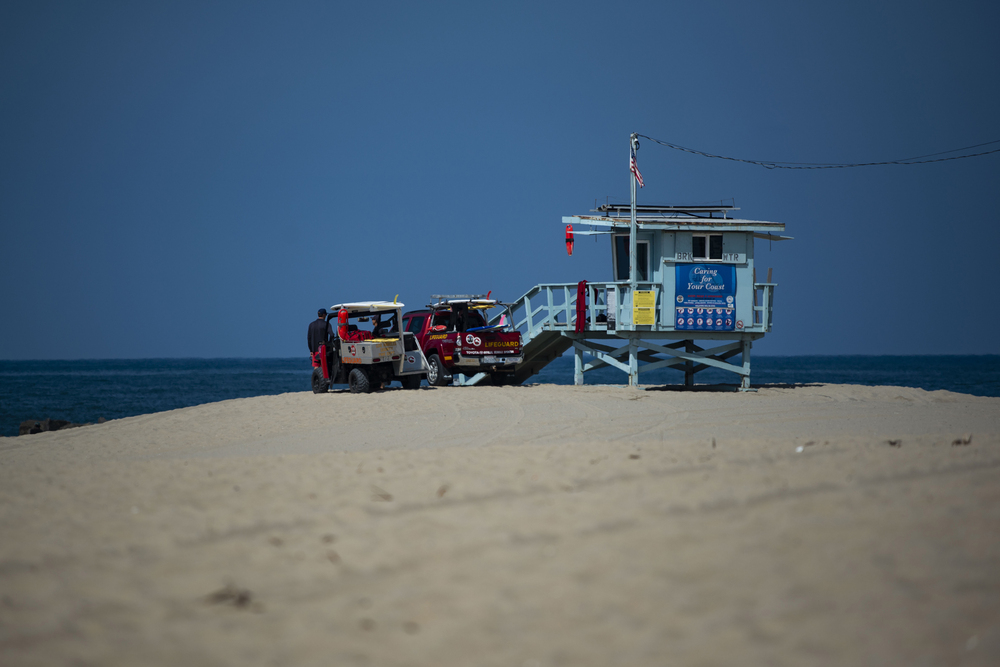
Beyond St. Mark’s Square and the Grand Canal, Venice’s lesser-visited islands reveal the lagoon’s authentic character. Murano’s glass workshops, Burano’s rainbow-colored homes, and Torcello’s ancient churches feel worlds away from tourist crowds.
Each island operates on its own timeline, with water taxis arriving just frequently enough to make island-hopping impossible without a schedule.
Old San Juan, Puerto Rico

The colorful colonial district rewards aimless wandering with architectural delights spanning 500 years. Cobblestone streets lead to hidden courtyards housing local cafes serving the best mofongo on the island.
When afternoon rain showers appear, ducking into small museums or shops leads to conversations with proud residents eager to share their neighborhood’s story.
Luang Prabang, Laos

This UNESCO town moves at its own meditative pace. Morning alms ceremonies with Buddhist monks create a spiritual start regardless of your plans. The peninsula, surrounded by two rivers, invites exploration of gilded temples and French colonial buildings.
Evening food markets assemble organically, with vendors arriving as the day cools and locals gathering for communal meals.
Like Travel Pug’s content? Follow us on MSN.
Antigua, Guatemala

The colonial gem sits beneath three volcanoes, creating dramatic backdrops that change with the weather. Cobblestone streets lead to the ruins of churches damaged by past earthquakes, now standing as atmospheric gardens.
Coffee shops in centuries-old buildings offer locally grown beans, while market vendors sell textiles in patterns specific to nearby villages.
Edinburgh’s Old Town, Scotland
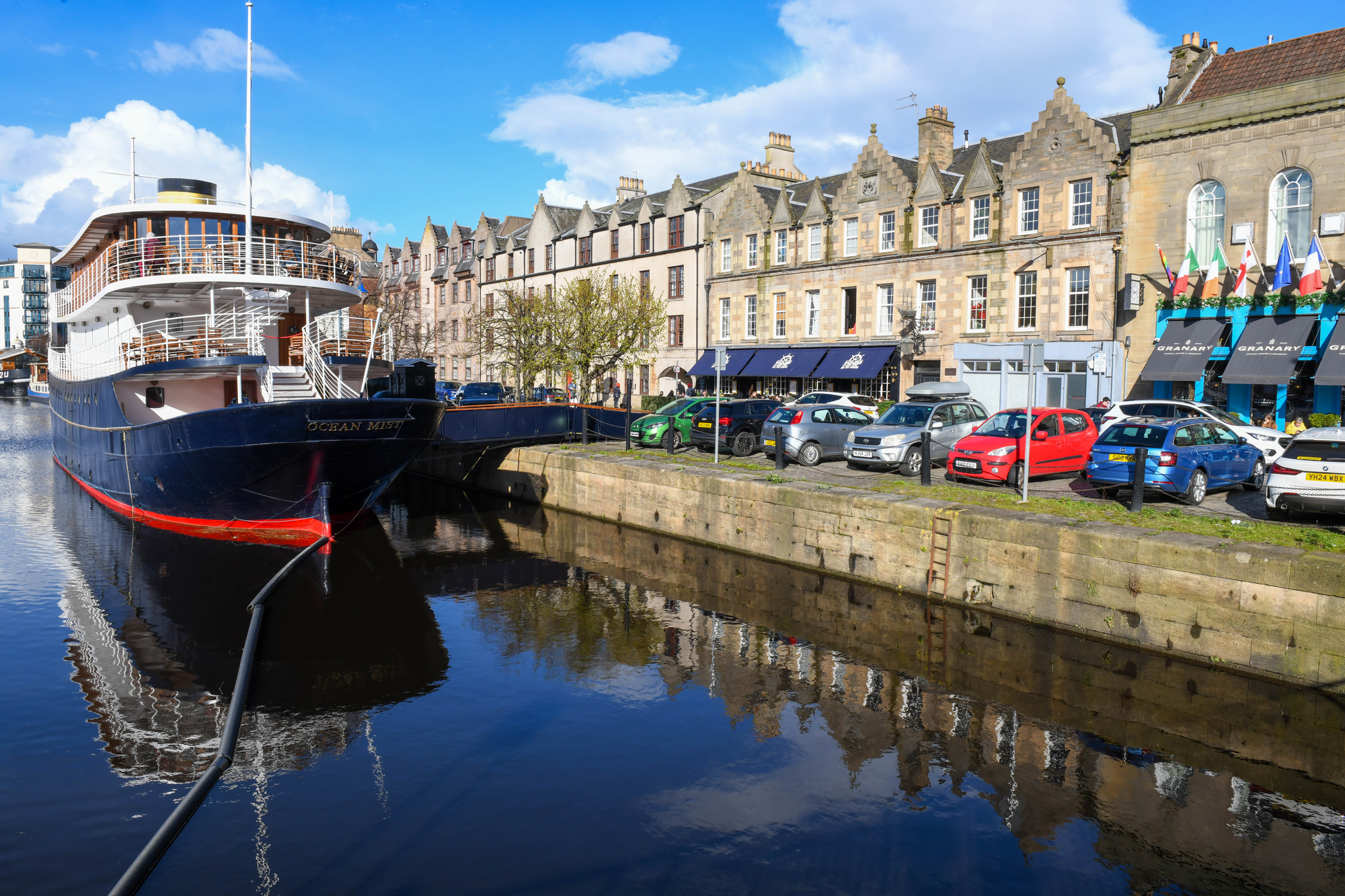
The medieval section of Scotland’s capital reveals its secrets to those who explore its closes (narrow passageways) and wynds (twisting lanes). These hidden paths connect different levels of the city, sometimes opening to unexpected courtyards or offering views across the city.
Local pubs tucked away from the main tourist areas often feature impromptu folk music sessions that continue late into the night.
Montreal’s Plateau, Canada

This neighborhood evolved from working-class roots to a creative hub without losing its authentic character. Colorful spiral staircases adorn the fronts of row houses, while back alleys hide impressive murals.
The area changes dramatically with the seasons—summer brings outdoor dining spilling onto sidewalks, while winter transforms the same streets into intimate, lamp-lit havens.
Like Travel Pug’s content? Follow us on MSN.
Ljubljana’s Riverbanks, Slovenia

Slovenia’s capital centers around a river lined with cafes and market stalls that appear without announcement. Baroque buildings and Art Nouveau masterpieces stand alongside contemporary designs, creating an architectural timeline visible from pedestrian-only bridges.
Following any side street leads to discoveries, from dragon statues to vibrant urban gardens between buildings.
The Medinas of Fez, Morocco

The world’s largest car-free urban area cannot be navigated logically. Over 9,000 narrow streets and alleys create a maze that locals navigate by memory rather than maps.
Tanneries dating back centuries operate alongside copper workshops, with the sounds and scents guiding visitors from one craft district to another. Every pathway eventually leads to a small square where locals gather for afternoon conversation.
Cartagena’s Walled City, Colombia
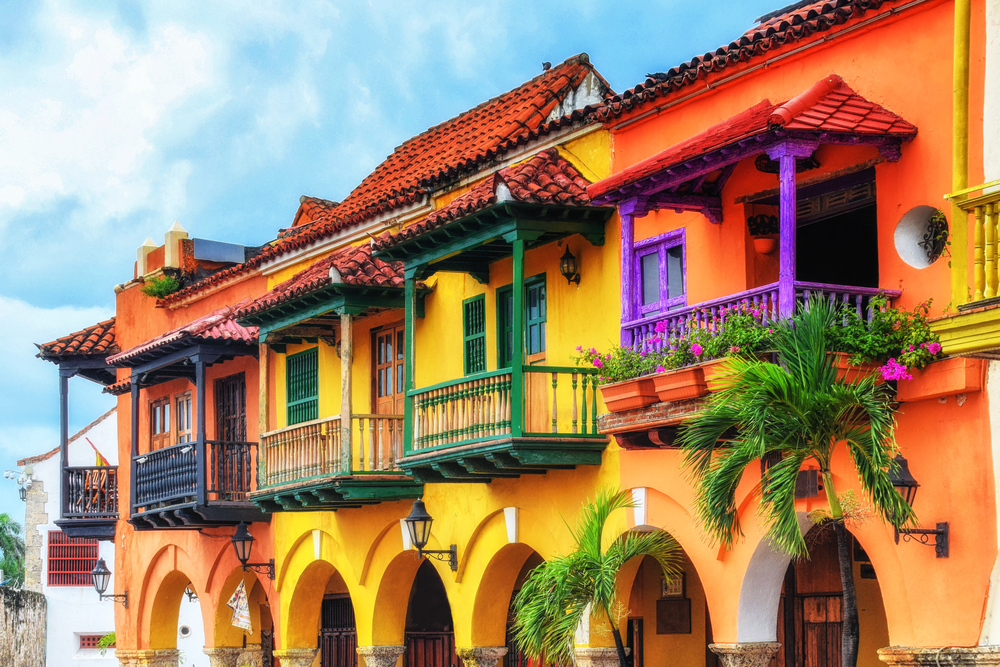
The 16th-century fortified town combines Caribbean and Spanish influences in a riot of color and music. Bougainvillea spills over balconies above streets where impromptu dance performances break out as evening approaches.
The sea breeze carries the scent of tropical fruits and fresh seafood from market stalls that set up where they find space each morning.
Like Travel Pug’s content? Follow us on MSN.
Hoi An Ancient Town, Vietnam
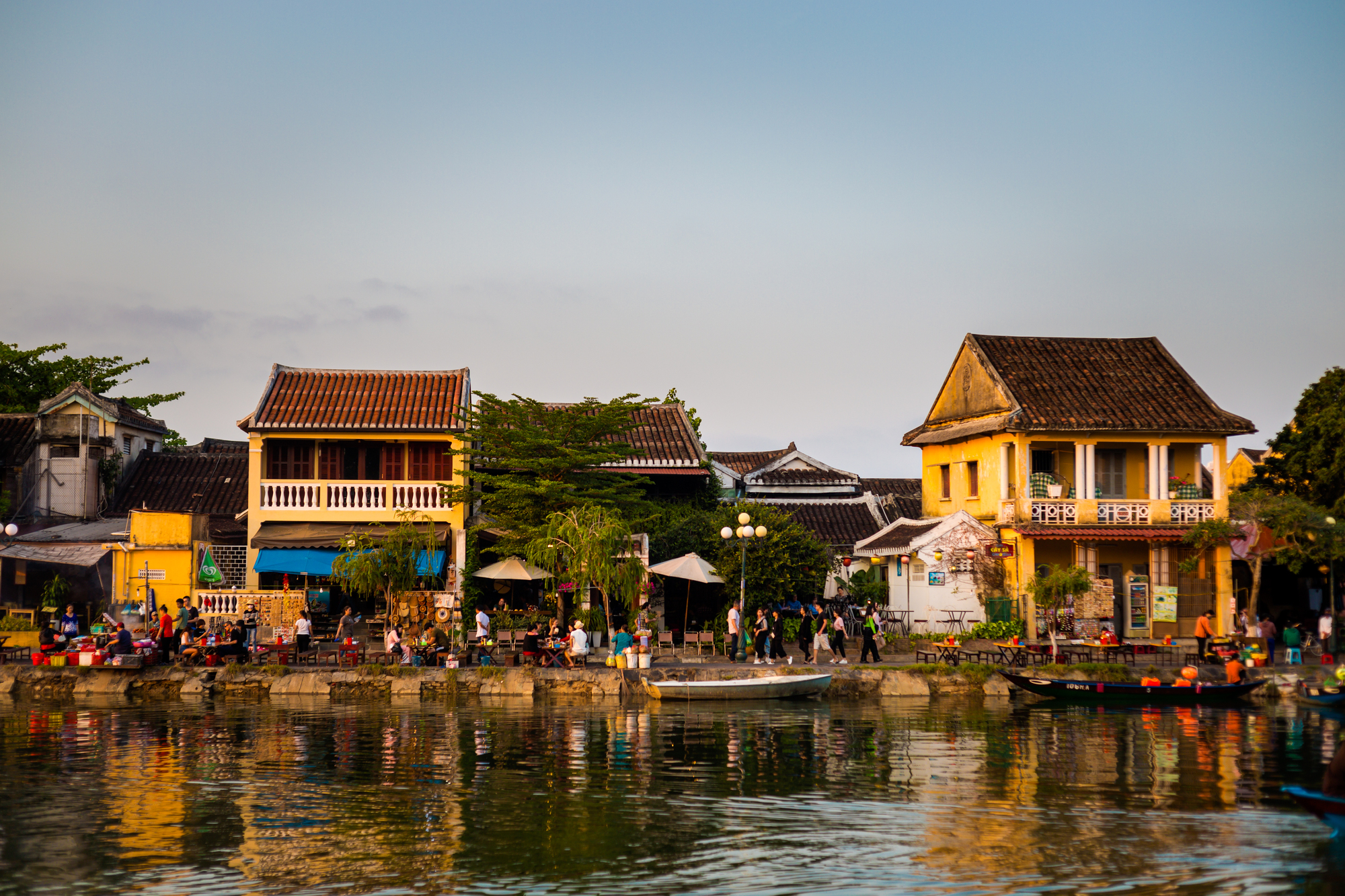
The former trading port transforms completely between day and night. Morning brings produce-laden boats to the riverside market, while afternoon reveals the town’s architectural blend of Vietnamese, Chinese, and Japanese influences.
As sunset approaches, hundreds of silk lanterns illuminate the streets, creating a magical atmosphere that no timetable could properly accommodate.
Melbourne’s Laneways, Australia
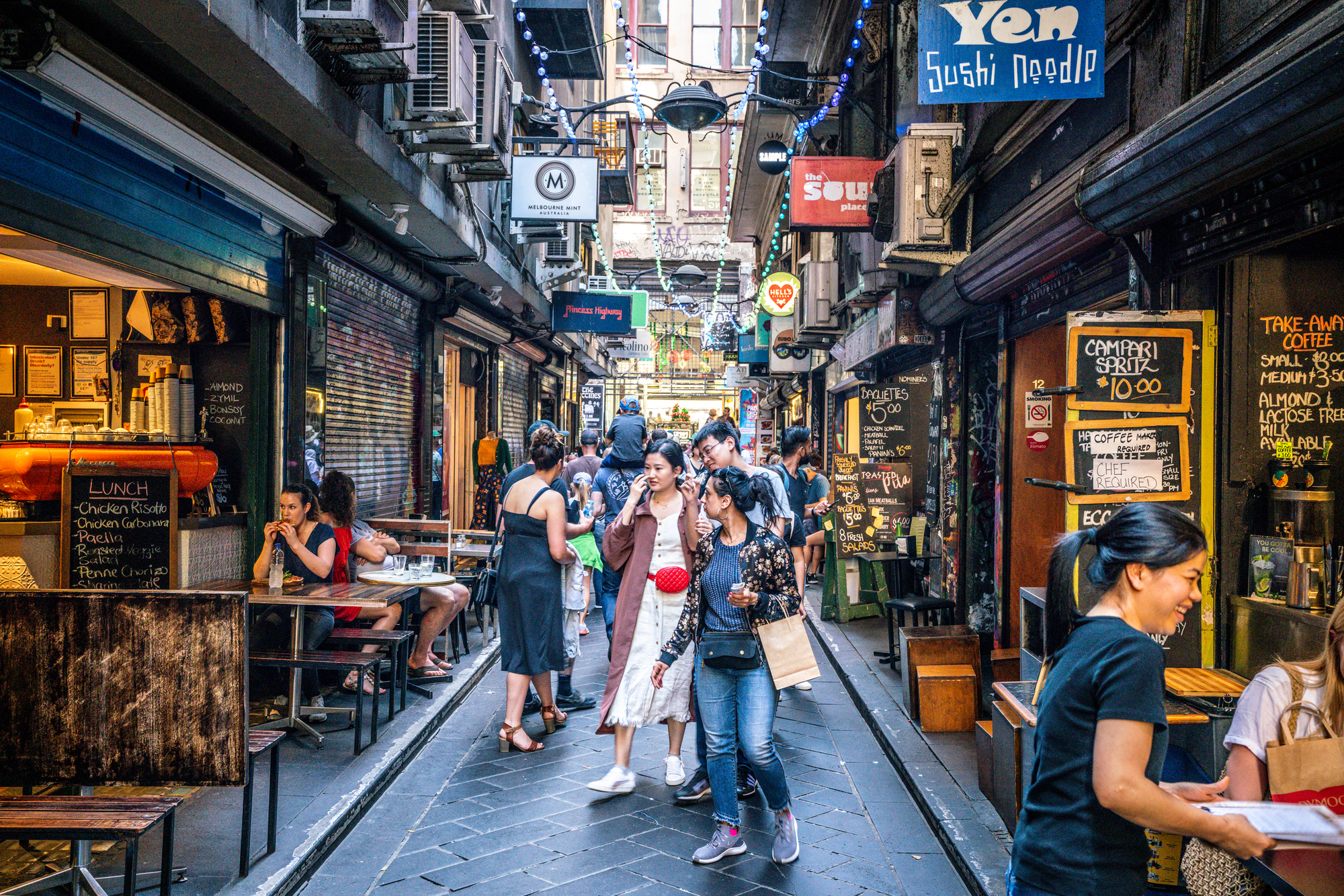
The central business district hides a network of narrow laneways housing Australia’s most creative dining and street art scenes. These passages transform regularly as new murals appear overnight and pop-up businesses emerge without warning.
Following the aroma of freshly roasted coffee leads to hidden cafes, while evening reveals tiny bars tucked behind unmarked doors.
The Alleyways of Stone Town, Zanzibar

The historic center of Zanzibar City contains centuries of trade history within its coral stone buildings. Carved wooden doors indicate the status of former residents, while the layout, designed to funnel sea breezes through narrow passages, creates natural cooling.
Spice markets operate informally, with vendors appearing where foot traffic naturally flows rather than in designated areas.
Like Travel Pug’s content? Follow us on MSN.
Embracing the Journey
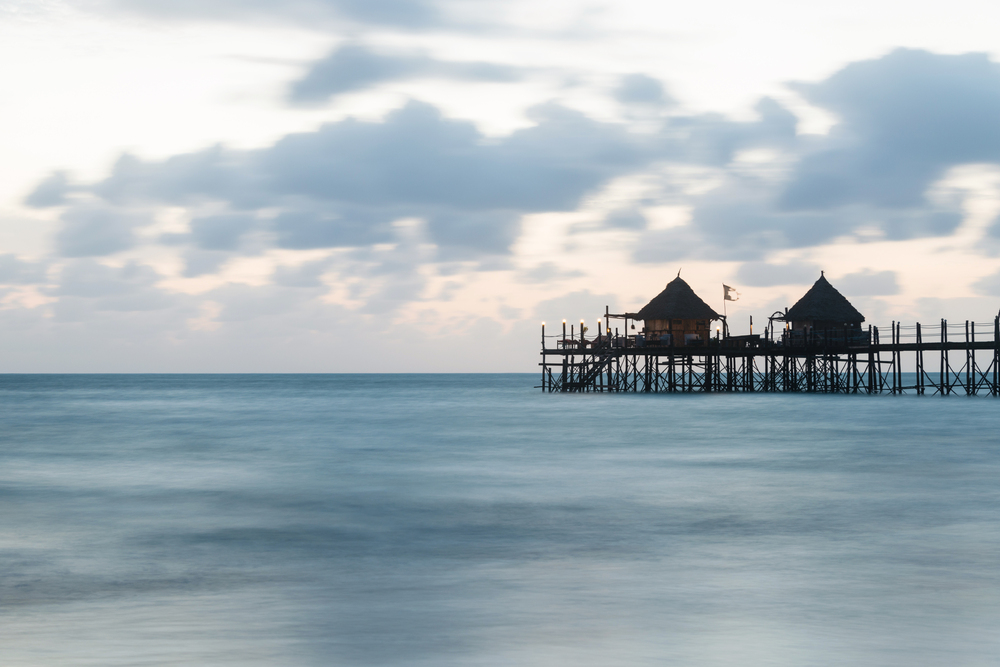
The destinations above share a common thread: they evolved organically over centuries before tourism arrived. Their magic comes not from individual landmarks but from the atmosphere created by layers of history, culture, and daily life.
Travelers often discover that the journey provides the most meaningful experiences when they put away the checklist and embrace unstructured exploration.
More from Travel Pug

- Cities Growing so Fast You Won’t Recognize Them in 10 Years
- 13 Destinations Where Tourists Regularly Regret Their Trip
- 20 Obscure WWII Sites Even History Buffs Don’t Know About
- 10 Under-the-Radar Mountain Towns That Are Both Affordable and Beautiful
- Remote Villages in Europe Where You Can Live for Free in Exchange for Work
Like Travel Pug’s content? Follow us on MSN.
